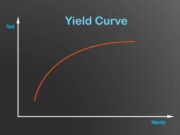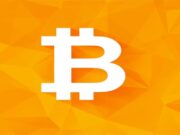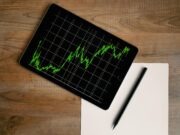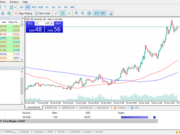What is a ‘Call Market’
A call market is a type of market in which each transaction takes place at predetermined intervals and where all of the bid and ask orders are aggregated and transacted at once. The exchange determines the market clearing price based on the number of bid and ask orders. A call market is contrasted to an auction market, where orders are filled as soon as a buyer/seller is found for any given order at an agreed upon price.
Explaining ‘Call Market’
In a call market, the price is set by the exchange so the market will clear, or almost clear, every time orders are filled. This is in stark contrast to the auction market, where prices are determined by buyers and sellers.
Because the call market groups transactions together, there is a substantial increase in liquidity. Although liquidity is generally considered to be a good quality in any marketplace, sellers may lose some of the liquidity premium, which is can be substantial.
Further Reading
- Price bubbles and crashes in experimental call markets – www.sciencedirect.com [PDF]
- Performance of various transaction frequencies under call markets: The case of Taiwan – www.sciencedirect.com [PDF]
- How does the call market method affect price efficiency? Evidence from the Singapore Stock Market – www.sciencedirect.com [PDF]
- Is economics performative? Option theory and the construction of derivatives markets – www.cambridge.org [PDF]
- The interrelations of finance and economics: Theoretical perspectives – www.jstor.org [PDF]
- Call market trading: history, economics, and regulation – link.springer.com [PDF]
- Constructing a market, performing theory: The historical sociology of a financial derivatives exchange – www.journals.uchicago.edu [PDF]


































